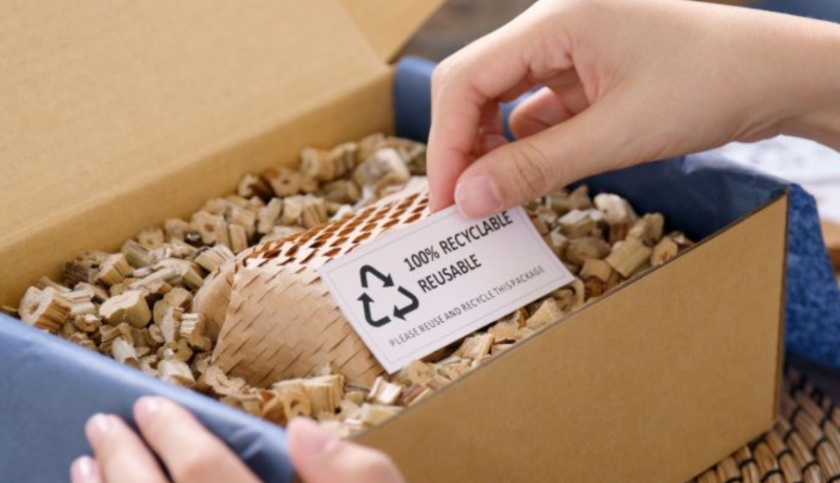On November 23, 2015, the world’s largest food manufacturer, Nestle, disclosed publicly that slave labor was being used to produce its seafood sourced from its supply chain in Thailand. An investigation had shown that Thai fishing operators lured migrant with false promises. The migrants were sold systematically and then kept in bondage and degrading conditions without the ability to leave.
While this announcement was both shocking and surprising, most media outlets missed the biggest news of the story. Of course, they all condemned the humanitarian violations, and most of them also applauded Nestle’s leadership in dealing with the situation. But, wait a minute. Why did Nestle volunteer this information in the first place? Why would a large powerful company, like Nestle, disclose something that would so negatively impact its brand? The simple answer is that Nestle had to do it, or someone else was going to do it for the company. The information was on the verge of coming out anyway, so it made the calculated assessment that it was better to take on the scandal proactively, instead of waiting for the press and social media to drag its brand through the mud.
By going public with the information, Nestle was able to control the message and succeed in positioning the situation in a more favorable light. Nestle cited itself as a leader in the industry, and vowed, going forward, to have a “positive impact on the whole industry by raising the bar on labor protection.” In fact, Nestle actually commissioned the research report Verité released that uncovered the full extent of the labor violations.
While its commitment to cleaning up its supply chain is commendable, the background story revealed that several reports from multiple sources had for years highlighted the use of slave labor in Thai fishing operations, and it was only in 2014, after years of mounting pressure, that Nestle decided to do something about it. There also were class action lawsuits in progress, one of them claiming that Fancy Feast cat food was the product of forced labor and that Nestle Purina had failed to disclose this information (as required by law).
(I will come back to this topic and cover regulatory risk, recalls and lawsuits in more detail in a later post in this series.)
The global trend at play here is that supply chain transparency has arrived, and it’s here to stay in a big new way. Historically, procurement and supply chain professionals have used the word “transparency” as a term to describe their quests for more visibility into their own supply chains, with the goal to better manage quality and cost internally. Now we’re seeing the democratization of transparency driven by several factors, including the rapidly growing number of people using cellphones and the increased global use of social media (2.22 billion users). These factors are making information increasingly available to the world’s population, even to mistreated factory workers in third-world countries.
Of course, the Nestle story is just one out of many, often initiated by individual worker complaints, many times further investigated by local nonprofits and watchdog organizations, and then magnified through social media and the press. No supply chain can be hidden from the watching eye of the world anymore.
Recently, the global retail giant H&M was accused of systematically firing pregnant workers in India and Cambodia.
You can imagion the backlash in the company’s home country of Sweden, which prides itself on gender equality and generous benefits for parents. H&M typically is seen as a leader in supply chain transparency and its commitment to fair labor practices. In fact, in the most recent fashion transparency index conducted by fashionrevolution.org, H&M was one of only three companies ranked in the top category. Even as leaders in its space, it still has a lot of work to do.
Another recent example has been lightheartedly called the “The Parmesan Incident,” but is no laughing matter to the involved parties. Allegedly, Castle Cheese Inc. was doctoring its “100 percent real parmesan” with cut-rate substitutes and such fillers as wood pulp, and then distributing it to some of the country’s biggest grocery chains. Would you like some wood pulp with your Bolognese? Yuck!
Bob Greco of Cheese Merchants of America said competitors hawking bastardized products have underbid him by as much as 30 percent.
“The bad guys win and the rule-followers lose,” Greco said.
This last comment leads me back to the promotional product industry. I spend a lot of time with distributors, suppliers and manufacturers of promotional merchandise, and I know for certain that all companies in our space are not equal. The leaders in our industry invest significant money, time and resources to ensure that products are manufactured and decorated in a responsible fashion. It is now more than ever imperative to ensure that we only put our customers’ logos and artwork on products that are safe, compliant and manufactured in a socially responsible way.
In closing, the world is changing faster than ever, and transparency is here to stay. Users and providers of any type of merchandise must inspect their business practices quickly, or someone else will do it for them, and the impact could be devastating for any brand.
In my next blog post in this series I will discuss the changing sentiments of the consumer, and how recent consumer trends are impacting transparency expectations for every company in both the B2C and B2B universe.



